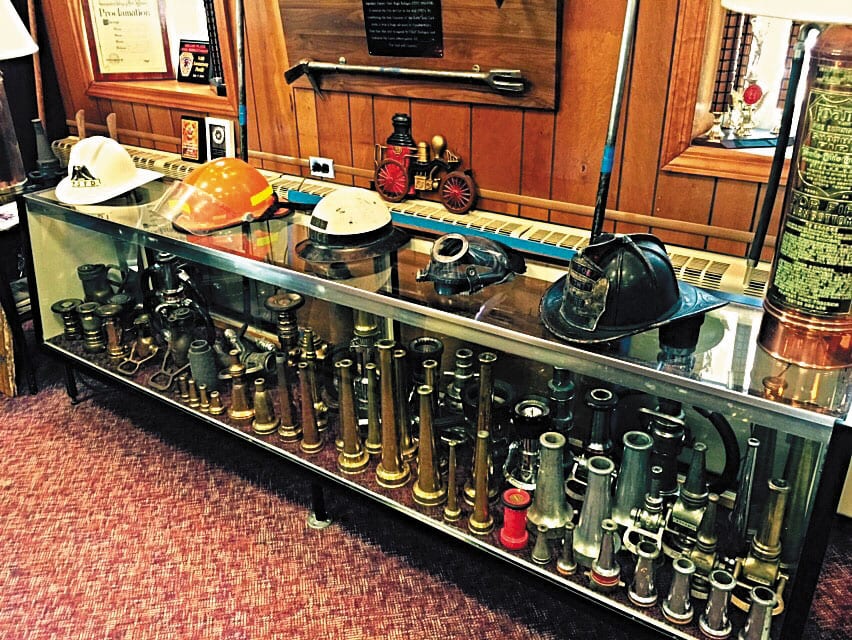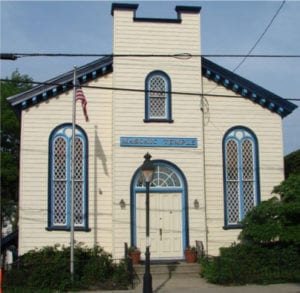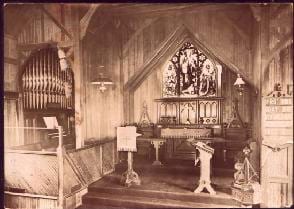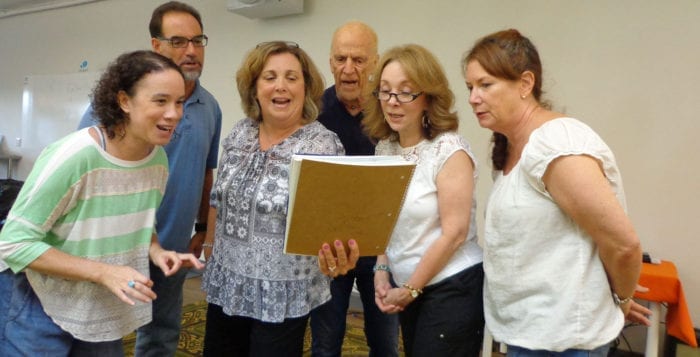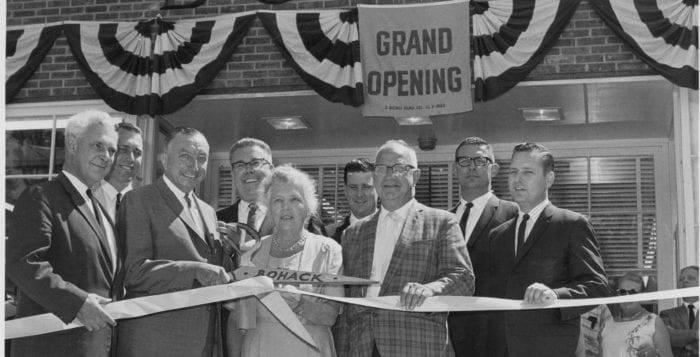By Desirée Keegan
Four North Shore runners have joined Team Mission United, competing for the charity United Way of Long Island during the 2016 TCS New York City Marathon.
Steve Kostoff, Erick Rosales, Kathy Wagner and Deena Menendez will team up with five other athletes for the 26.2-mile race, which will take place on Nov. 6 and benefit 135,000 veterans and military families on Long Island.
Kostoff, who lives in Mount Sinai, said as soon as he found out Mission United was the program he would be running for, he went to the organization’s website to learn about its works, which focus on employment services, education, financial services, health and housing support.
“Many of these men and women went overseas to fight for us, now they have to come back and in many cases fight for themselves to receive care,” he said. “Any way I can help to raise funds or get the word out is important.”
“It’s a great opportunity to give back and do my part for veterans — they have sacrificed so much to give us our freedom.”
— Erick Rosales
Kostoff works for Suffolk Bus Corp. as an ADA bus driver. Through his job he’s supported United Way of Long Island over the years, and has come to hear many stories of veterans and their special needs, as he often transports disabled veterans to Northport VA Medical Center for appointments.
John Corrado, president of Suffolk Transportation Service and past president of United Way of Long Island’s board of directors, is pleased to support Kostoff in his efforts as he runs his first full marathon.
“To have the chance to see an exemplary employee like Steve compete is truly inspiring,” he said. “Not only will be have our organization’s support, but I am certain that his colleagues will rally around him on his journey to the finish line.”
Rosales, of Coram, a UPS driver, is also eager to compete. He said he’s been training for the marathon for a long time and has previously competed in 10 others, including the NYC Marathon which he’s raced in three times.
“It’s a great opportunity to give back and do my part for veterans — they have sacrificed so much to give us our freedom,” he said. “We should honor all veterans whenever we have the chance. Compared to what they have done for us the effort by me is just a drop in the bucket. I’m in 100 percent.”
Rosales will be joined in the race by his good friend, fellow colleague and training partner, Bill Ude.
Wagner, of Huntington, is meeting the challenge with great enthusiasm.
“It was a no-brainer for me,” she said of choosing to be a part of the race. “I never thought I’d run in the NYC Marathon because it’s really difficult to get in to, but when the opportunity presented itself I couldn’t say no.”
Wagner, generalist manager for the Long Island Region of Enterprise Holdings, is the leader of the Enterprise United Way of Long Island campaign which she’s been running since 2008, so she’s a big cheerleader and supporter for the cause. She said she feels Mission United is a vital program to assist veterans.
“Training is a part-time job and it’s nothing compared to what these men and women have done for our country. This will help with the needs of our veterans returning home.”
—Deena Menendez
“This is a huge race supporting a huge cause … I’m really excited for it,” she said, adding that she has a lot of family members who are veterans, including her grandfather, three uncles and a couple of cousins whom she’s close with. “I know the struggles they’ve had returning after they’ve served, and I think that any organization that’s there to help that process and help them acclimate back into society is totally worthwhile and totally worth raising money for.”
Wagner has competed in both 5K and 10K events, half marathons, mud runs and warrior dashes. Her boss, Eric Schonhoff, Enterprise’s regional vice president who has also been supportive of United Way of Long Island and serves on the board of directors, is inspired by Wagner’s efforts.
“Not only is it great to back a seasoned runner like Kathy, but she also deserves accolades for putting her heart and soul behind Mission United and the entire campaign,” he said.
Menendez, of Hauppauge, who is a claims adjuster for Geico in Woodbury, is running for Team Mission United as a labor for love, as she too is surrounded by family members in the military. Her husband is an Air Force veteran; her eldest son Sean is in the Coast Guard serving in Astoria, Oregon; her middle son Scott served in the Army; and her youngest son, Shane, is a Marine in San Diego, California.
She began intense training for the marathon and was approached by a past supervisor about volunteering to become a participant for the team, and was delighted to accept.
“It’s an honor for me just to be in the run,” Menendez said. “I keep my family in my thoughts to motivate me. Training is a part-time job and it’s nothing compared to what these men and women have done for our country. This will help with the needs of our veterans returning home. They face so many challenges acclimating to civilian life after military life, so Team Mission United helps them get homes and jobs, and raising money will help benefit so many more veterans.”
Participants have set a goal of raising $20,000 for United Way of Long Island’s veterans programs, and are looking for support. To learn more about the team and its efforts, visit www.unitedwayli.org/team-mission-united-supports-long-island-veterans.






